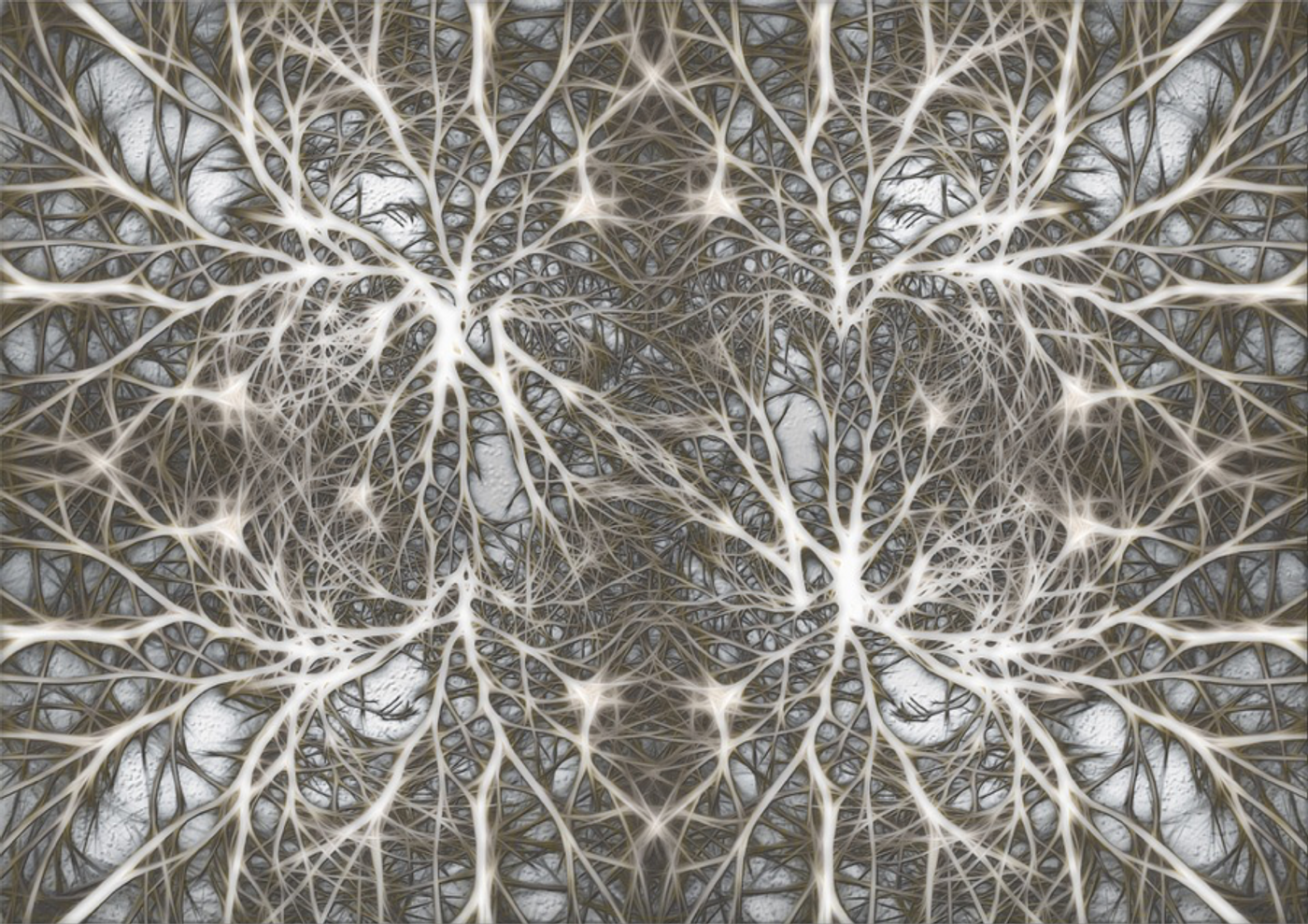Not unlike technology straight out of science fiction, scientists at the University of California, Berkeley have developed a brain microscope so powerful it has single cell resolution. And with this level of accuracy, the scientists are able to study and manipulate neural activity related to some mice behaviors. The prototype could provide the most comprehensive and detailed understanding of the brain to date.
To say the brain circuitry is complex is a large understatement. At any given time, neurons are sending and receiving messages from all over the body to allow us to process the world. This dynamic, complicated meshwork of axons and dendrites make it difficult for neuroscientists to zoom in. But the new microscope “achieves the level of detail needed to actually understand the neural code," said Hillel Adesnik, assistant professor of neurobiology at Berkeley, and senior study leader.
By combining and expanding on several tools already available, the team devised a microscope allows visualization of the brain of a live mouse in real time with millisecond accuracy. The mice were specifically engineered to have light-responsive neurons via a technique called optogenetics. In addition, the mice also had implanted glass windows on their skulls to allow the lasers of the microscope to penetrate.
The microscope is equipped with two high-powered infrared lasers that create a 3D holographic image of specific brain regions. And because the neurons respond to light, the researchers can manipulate neuron activity with the lasers. With this system, the team can study how neurons respond to external stimulation to an animal. They can also study the reverse, assessing how specific neuronal activity influences an animal’s behavior.
“If you want to learn a language, you need a dictionary, and if you want to understand how a machine works, you need to know its parts,” said Adesnik. “We wanted to develop a technology that can offer a general approach to understand the basic syntax of neural signals, so that we can begin to understand what a given brain circuit is doing and perhaps what’s gone wrong with that in the case of a disease.”
In initial tests, the team assessed small movements in the mice, such as whisker twitches. They mapped this pattern and then used it as a template to induce the same movements with the lasers. To expand on this form of neural circuitry learning, the team can make minor tweaks and adjustments with the lasers – activating different neurons – and learn how behavior is altered.
The team is currently using the microscope to manipulate what a mouse can see and perceive. Working with mice trained to push a lever when they see a certain shape, the team hopes to create a laser-induced hologram to fool the mouse into seeing a shape that’s not there, or perceiving a shape different than what’s present.
The experiments sound like science fiction, but the team recently presented their work at the American Association of Anatomists Annual Meeting during Experimental Biology in San Diego.
“With this new microscope, we believe we will soon be able to treat the brain as the keyboard of a piano, so to speak, and write in a sequence of activity that is needed to understand or correct brain function,” said Adesnik. “After more refinements, this instrument may be able to function as a sort of Rosetta Stone to help us crack the neural code.
The prototype still requires heavy testing and refinement. As is, the device is only compatible for genetically modified mice, though the team hopes to move it forward for rat models and non-human primates. One technical limitation that they hope to address soon is to develop a miniaturized version of the microscope, with the ultimate goal being an implantable device. “Such a device will find use in neural prosthetics for patients with paralysis or amputations, but may also be useful for various neurological diseases," said Adesnik. But for now those applications are still far into the future.
On a quest to look deeper into the brain, other neuroscientists have created a transparent mouse brain, which they’ve colored with different fluorescent tags. Watch this video to see what a transparent brain looks like!
Additional sources:
FASEB press release,
MNT









